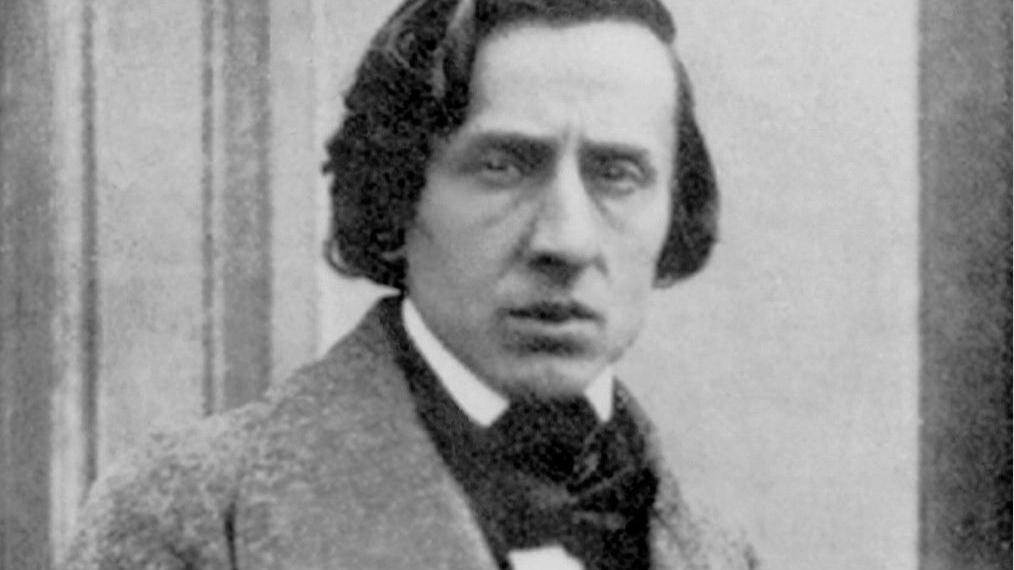Ives’ “Decoration Day”: Lingering Ghosts
In his Essays Before a Sonata, first published in 1920, Charles Ives reflected on a vivid memory from his Danbury, Connecticut childhood: In the early morning of a Memorial Day, a boy is awakened by martial music—a village band is marching down the street, and as the strains of Reeves’ majestic [Second] Regiment March come nearer and nearer, he seems of a sudden translated—a moment of vivid power comes, a consciousness of …







